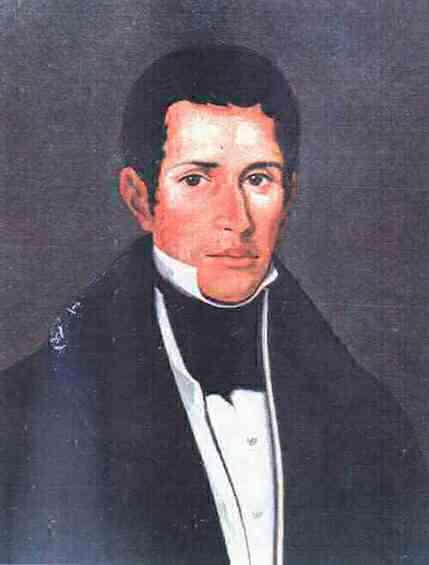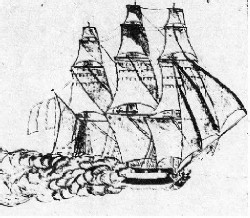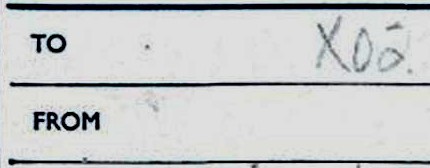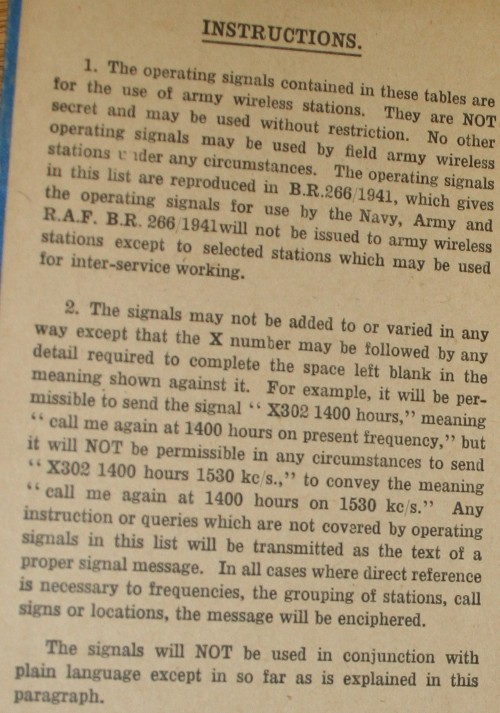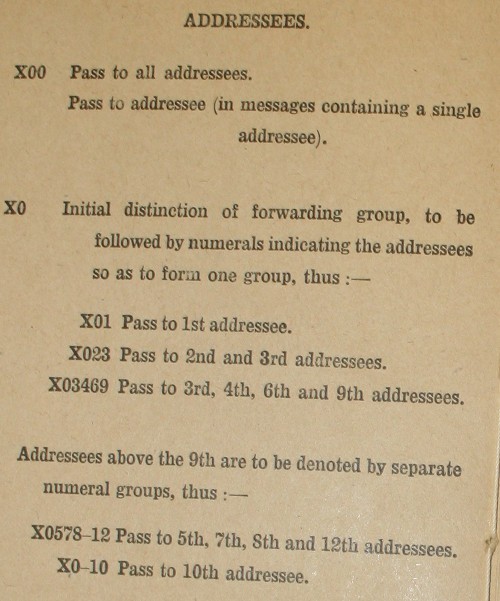A correspondent has asked me to summarize the evidence I’ve found in the Voynich Manuscript suggesting bifolio reordering. As long-term Cipher Mysteries readers will know, I laid much of this out in my 2006 book The Curse of the Voynich: but a lot has also emerged in the years since.
A practical starting point here is my long-standing page on the Voynich Manuscript’s codicology. This points to evidence for a whole sequence of fairly direct codicological conclusions:-
(1) The Folio Numbers Are Not Necessarily Correct
(2) The Bifolios Are Not Necessarily The Right Way Up
(3) The Quire Numbers Are Not Necessarily Correct
(4) The Bindings Are Not Necessarily Correct
(5) The Quires Are Not Necessarily In The Correct Order
(6) The Quire Contents Are Not Necessarily Correct
(7) The Paints And Colours Used Are Not Necessarily Original
To this, I’d add some other evidence:-
(8) The quire numbers and the folio numbers are not (quite) consistent.
As John Grove pointed out back in 2002, the Voynich Manuscript’s Q9 (“Quire 9”) was rebound along a different fold after the quire numbers were added but before the folio numbers were added, leaving the Q9 quire number in the wrong place (i.e. not on the back page of its quire). And, as Glen Claston later pointed out, broadly the same thing happened for Q14 (the nine-rosette page): once Q14’s first binding fold collapsed or was damaged, the large multi-folio page was then restitched along a different, less obviously damaged fold, again leaving the Q14 quire number in the wrong place.
Of course, given that most of the (15th century) quire numbers look roughly a century older than the (16th century) folio numbers, a bit of rebinding between the two phases is perhaps to be expected. But all the same, this inconsistency should alert us to the fact that the bifolios were actively being worked on between the quiration and foliation.
(9) Some of the quire numbers’ downstrokes continue within the wrong quires.
I found two clear examples of this (Curse p.18): (a) the downstroke of the ‘9’ in “29” (i.e. ‘secund-us’) continues at the bottom of a page in Q6; and (b) the downstroke of the ‘5’ in “5t9” (i.e. ‘quin-t-us’) continues at the bottom of a page in Q3. In both cases (and particularly in the first of the two), it seems likely that at the time the quire numbers were added, the herbal bifolios were in quite a substantially order from the order we are presented with several centuries later.
(10) Vellum tears with parallel orientation may indicate that those bifolios came from the same tanned skin.
The examples I found (Curse pp.54-56) were on the f16-f9 bifolio and the f10-f15 bifolio, as well as on the f38-f35 bifolio and f36-f37 bifolio. The fact that the bifolios were still immediately adjacent in both cases loosely implies that the basic idea of codicological continuity during construction (i.e. that adjacent bifolios individual sections were probably folded and cut down from larger sheets of vellum) may well be sound. It also suggests that the f28-f29 bifolio (which has a stitched vellum tear) may be out of sequence.
(11) Currier “Herbal A” and Currier “Herbal B” bifolios seem jumbled up.
Back in 1976 or so, US Army cryptanalyst Prescott Currier noted two apparently distinct “dialects” of the ‘Voynichese’ language: he called these “A” and “B”, and pointed out a whole set of curious properties that helps you distinguish them from each other. Moreover, any given bifolio has only “A” or “B” writing on it: this broadly supports the idea that these correspond to two broadly separate writing phases, rather than two separate writers writing in parallel.
(12) The three sunflower-like drawings look to have been separated.
f33v, f40v and f50r all contain pictures of similar sunflower-like plants, and are all “Herbal B” pages: this reinforces the idea that the Herbal B pages should be looked at as a quite distinct content collection from the Herbal A pages. I’d add that the Herbal B “plants” seem far more artificial to me than Herbal A “plants”, some (but not all) of which actually resemble real plants (e.g. water lily, pansies, etc).
(13) Q13 and Q20 may have originally each been two smaller quires that were later merged.
There is a whole heap of content analysis that supports the idea that what we now call “Q13” was originally a ‘Q13a’ and a ‘Q13b’ (as proposed by Glen Claston in 2009) and that what we call “Q20” was originally a ‘Q20a’ and a ‘Q20b’ (as proposed by me in 2010).
This is not so very far from the observation [(3) above] that, given that the jars in the pharma section seem to progress from the end of Q19 to the start of Q17, Q19 originally preceded Q17. In short, we can’t be at all sure that the quire arrangement we see now matches the original quire arrangement or order – quires may well have been formed of smaller original quires that were merged (for whatever reason) before the quire numbers were added.
(14) The two pages with “chicken scratch” marginalia may well have originally been adjacent.
I suggested this in my 2012 Voynich Centenary Conference presentation “Between Vellum and Prague”, which tried to reconstruct how the Voynich Manuscript’s quires had moved around between its original ‘alpha’ state and the final (foliated) state. I think it would therefore be interesting to find out whether f66v (in Q8) and f86v3 (in Q14) were from the same vellum skin.
(15) Some bifolios that were (probably) central to a quire are now not.
f84v-f78r should clearly have been the centre of a Q13 quire (the pictures join across the bifolio’s central fold): but I should add that Rene Zandbergen also pointed out in 2010 that f18v-f23r may well have been the centrefold page-pair of a quire; and that I also suggested much the same of f33v and f40r in 2006 (Curse, p.70), though for a different reason.

